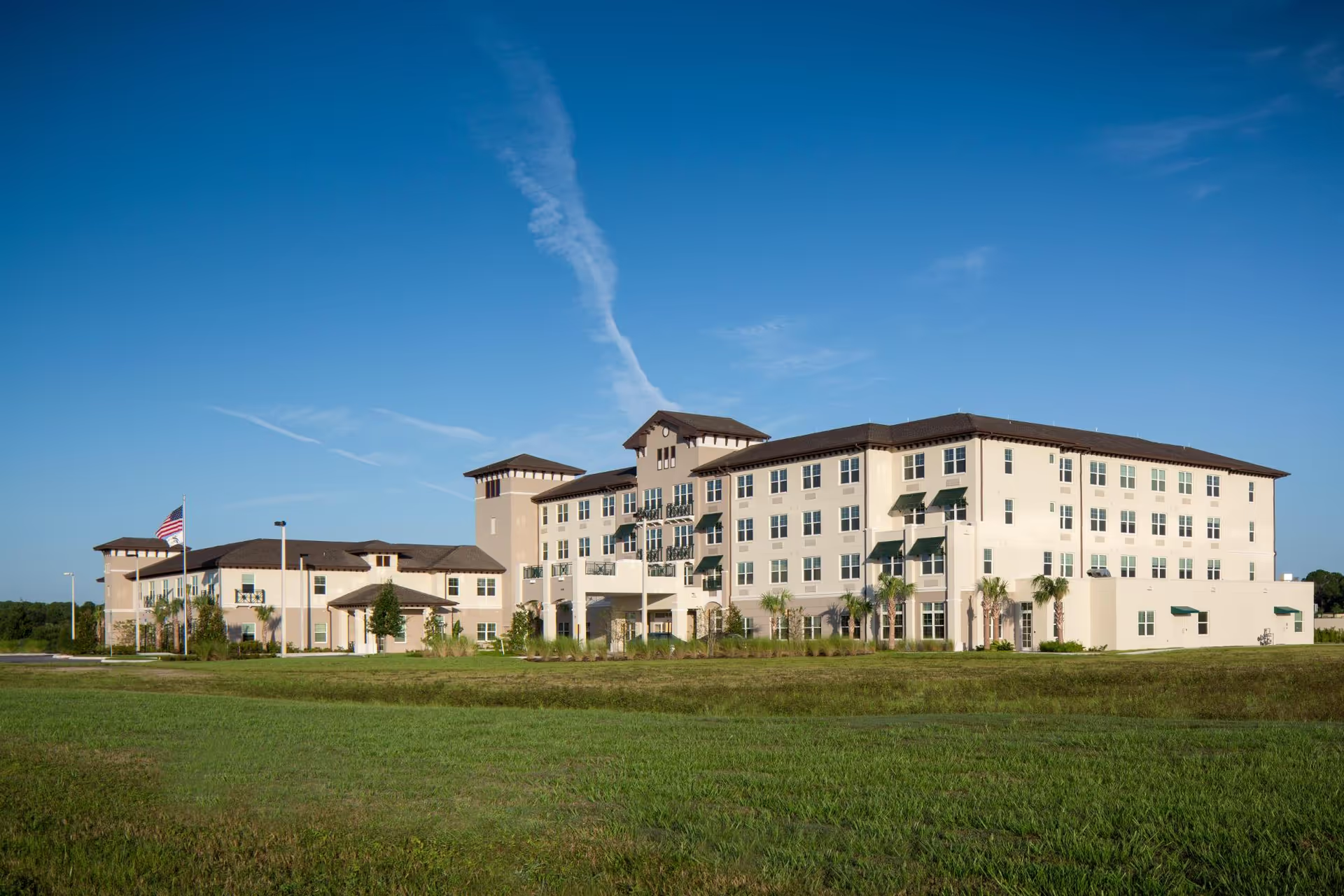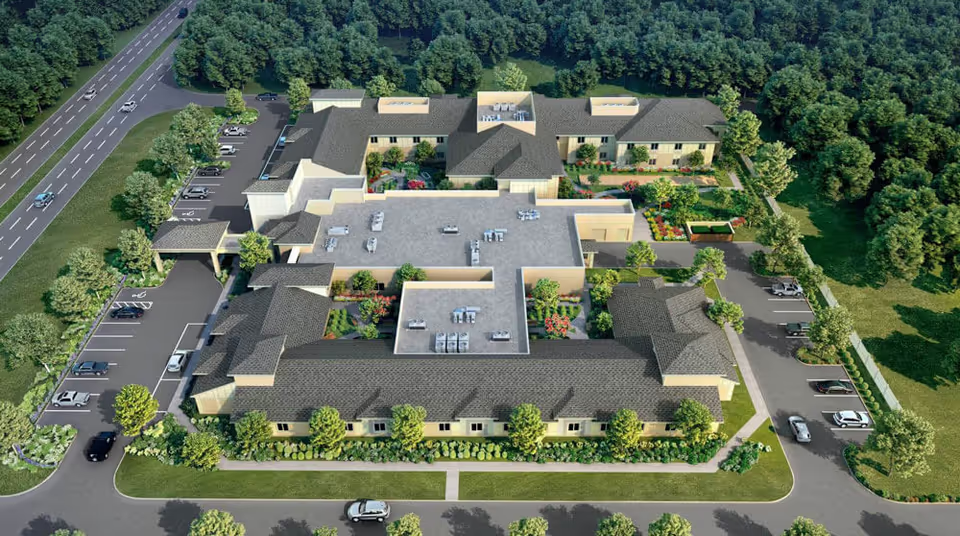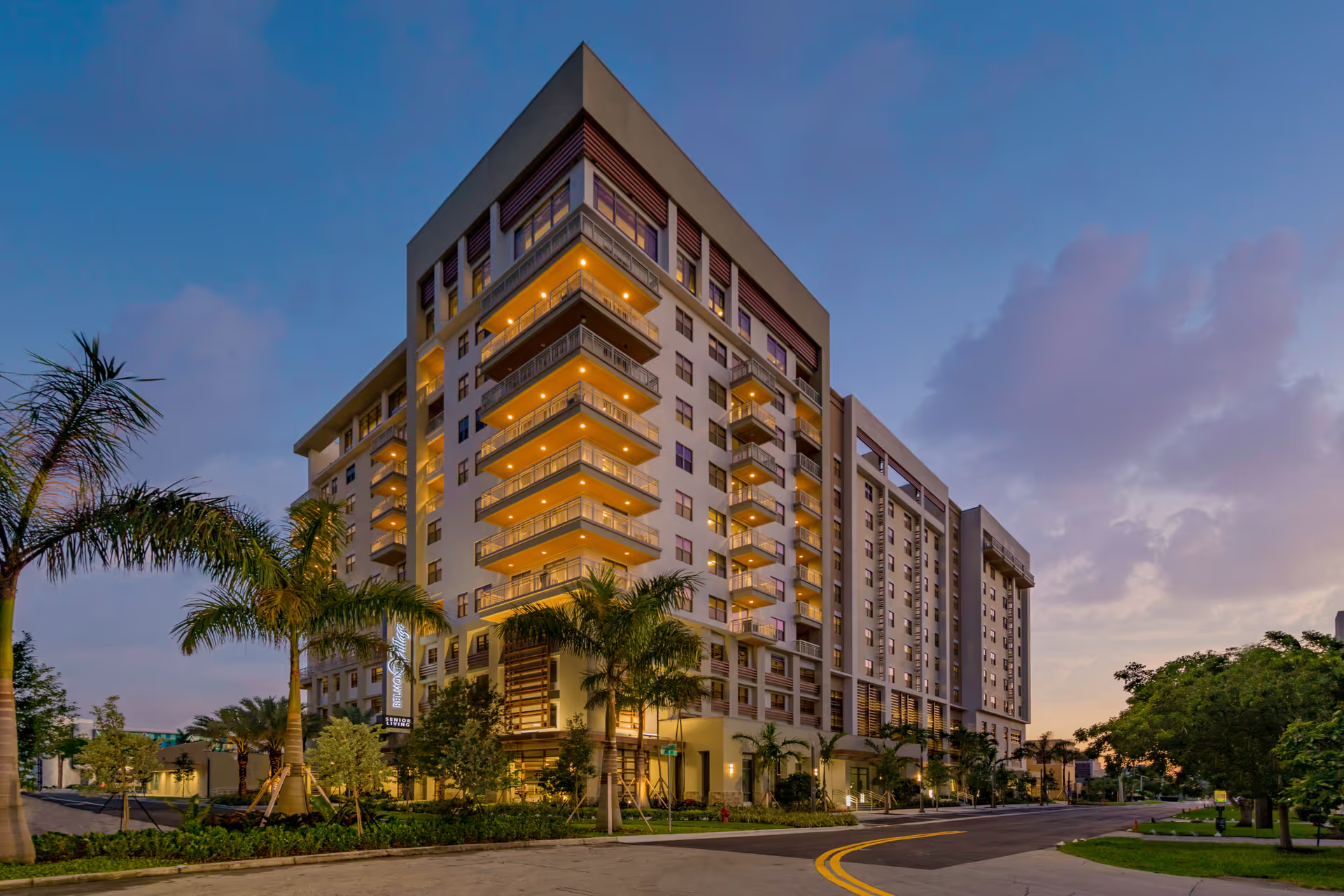Overall sentiment across the review summaries is mixed but leans toward appreciation for the staff and the social environment, tempered by several serious operational and safety concerns. Multiple reviewers emphasize a warm, family-like atmosphere and call out staff who are compassionate, encouraging, and willing to go above and beyond. These positive experiences include dignity-preserving care, support during end-of-life moments, and a sense that staff genuinely care about residents’ well-being and recovery. Several comments specifically praise the homey environment and the food, and a number of reviewers highlight easy access to physicians and willingness of staff to support medical needs.
Care quality and staff culture are the most consistently praised elements. Many summaries describe staff as kind, encouraging, and emotionally supportive — creating a ‘‘human heart’’ or ‘‘beacon of hope’’ for residents and families. There are repeated references to staff making a noticeable difference in difficult times (for example, making a mother’s last months special), and several reviewers state they would strongly recommend the facility based primarily on the interpersonal care provided. This indicates a strong relational culture among direct caregivers and a capacity to deliver compassionate, individualized attention.
However, these positive accounts are contrasted by multiple, specific, and serious complaints about safety, cleanliness, and management practices. Several summaries report neglectful incidents (including disturbing hygiene failures such as feces left on a resident and grooming neglect), misplacement or theft of personal items, and episodes that required emergency care. There are also reports of a resident wandering and a fire incident; one review explicitly links safety concerns to an ER admission. Administrative errors such as misassigned rooms were noted as well. These are not minor gripes — they represent operational lapses that directly threaten resident safety and dignity and undermine trust even when staff otherwise appear caring.
Transparency and communication are recurring concerns. Some reviewers describe staff deception or a lack of openness about incidents, which compounds the impact of the safety and property-loss issues. Even if positive bedside care exists, families expect clear, honest communication about adverse events, room assignments, and the location or status of personal belongings. The combination of serious incidents plus perceived concealment elevates these complaints from isolated problems to systemic risk indicators that should be addressed at the management level.
Facilities, dining, and environment receive mixed feedback. On the positive side, the facility is described as homey, with delicious food and a nurturing atmosphere that supports recovery and well-being. On the negative side, specific cleanliness failures cited in reviews are alarming and suggest either occasional lapses in direct care tasks or broader staffing/training issues. There are also mentions that the community can feel busy or crowded at times ("more people around"), which may exacerbate staffing strain and reduce individualized attention.
Clinical coverage and follow-up show both strengths and areas for improvement. Reviewers appreciate easy access to doctors, but there are requests for more frequent visits by the nurse practitioner and more regular clinical oversight. This suggests that while medical access exists, continuity and proactive nursing rounds could be inconsistent — a gap that could contribute to missed hygiene or safety issues and delayed responses to problems.
Taken together, the reviews paint a picture of Bayou Gardens Assisted Living as a place with many strong relational and caregiving assets — a warm culture, compassionate staff, good food, and meaningful support during critical moments — but also as a facility with notable and sometimes severe operational lapses. The most important patterns are (1) consistent praise for staff warmth and individualized emotional care, and (2) recurring reports of safety, cleanliness, administrative, and transparency failures that have led to significant negative outcomes for residents.
For families and decision-makers, the implications are clear: if the aspects you prioritize are compassion, a family-like environment, and supportive end-of-life care, this facility has demonstrable strengths. If your primary concerns are consistent safety, reliable hygiene practices, secure handling of personal property, transparent communication about incidents, and regular clinical oversight, the reviews identify specific issues that should be explored further with management. From an operational perspective, the facility would benefit from stronger incident reporting and transparency, targeted staff training on hygiene and safety protocols, improved inventory and property controls, clearer room-assignment procedures, and more consistent nurse practitioner or nursing rounds to close the gaps called out by reviewers.







